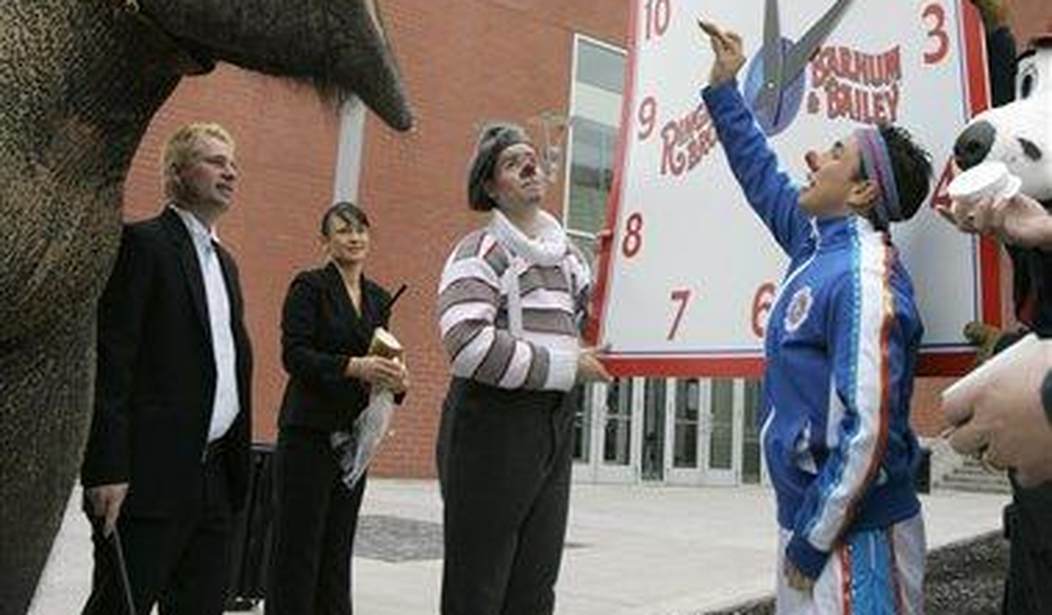I rolled over in bed this morning and glanced at the clock. I never set an alarm (wouldn’t know how to do it if I wanted to) so you can imagine my relief when the clock said it was only 5:30 a.m.
I almost allowed myself to doze off but then I remembered; the bi-annual fiddling with time meant it was actually 6:30 a.m. and I was already behind schedule. Cursing Ben Franklin (who really didn’t invent Daylight Saving Time), I stumbled out of bed and prepared for a few days of trying to adjust my body rhythms to the unnatural and wholly unnecessary change of time.
It would be so much easier if DST were permanent. Why it isn’t is basically a matter of time — literally. Making DST permanent is a popular issue for Congress to address and rid us of this inconvenient and unhealthy change of clocks. But Congress has failed us.
Recommended: Man Becomes a Wolf to Escape Reality
Let’s face it; changing DST is not a burning national issue. Although a bill is introduced every year in both the House and Senate, Congress never seems to get around to passing it despite bipartisan support.
Earlier this month, Senator Marco Rubio (R-Fla.) introduced the Sunshine Protection Act of 2023, which would make daylight saving time permanent. So far, the bill has received bipartisan support in the Senate and has been referred to the Committee on Commerce, Science, and Transportation.
If passed, the March 12 changing of the clocks would be the final such event – we wouldn’t “fall back” in November.
A similar bill introduced by Rubio last year passed with unanimous support in the Senate, but it wasn’t as well-received in the House. Lawmakers argued other matters were more important or asked for additional research into and discussion regarding the bill. Others expressed concerns regarding the impact the move could have on areas that rely on tourism or those with large farming communities.
There are 19 states that have already passed measures to make DST permanent. But they need an okay from Congress to make the switch.
Two bills have been introduced in New Mexico: one to keep the state on standard time year-round, the other to make daylight saving time permanent as long as all or part of Texas (specifically, El Paso County, Texas) passes a similar law. In Texas, lawmakers are hoping to pass a resolution that would put the choice between permanent standard time or permanent daylight saving time up to voters in November.
Ultimately, without Congressional action, the majority of the U.S. will continue to observe daylight saving time and the twice-a-year tradition of changing the clocks.
So unless a miracle happens, we’ll have to go through the whole switcheroo again in November. However, then we’ll actually gain an hour of sleep. It’s still a pain to adjust to the change so I’ll probably write something similar about DST then.









Join the conversation as a VIP Member